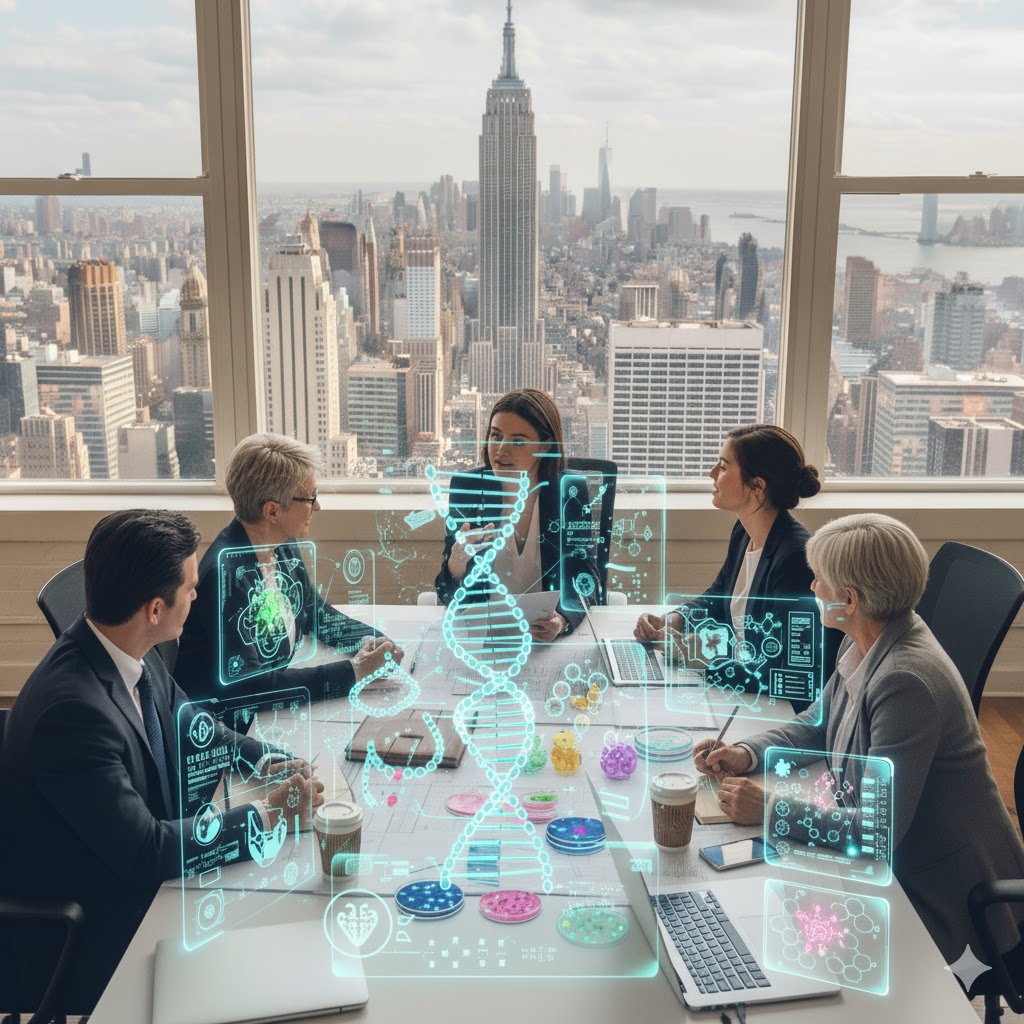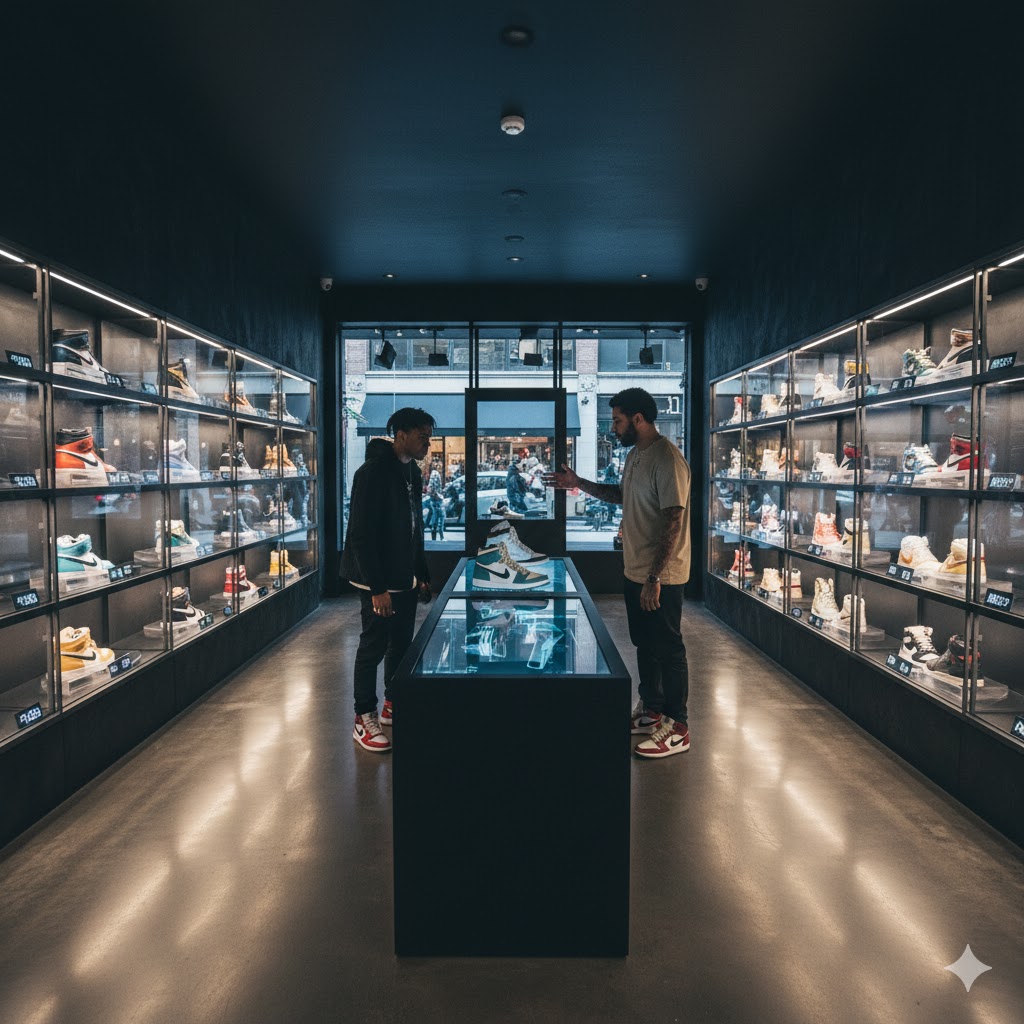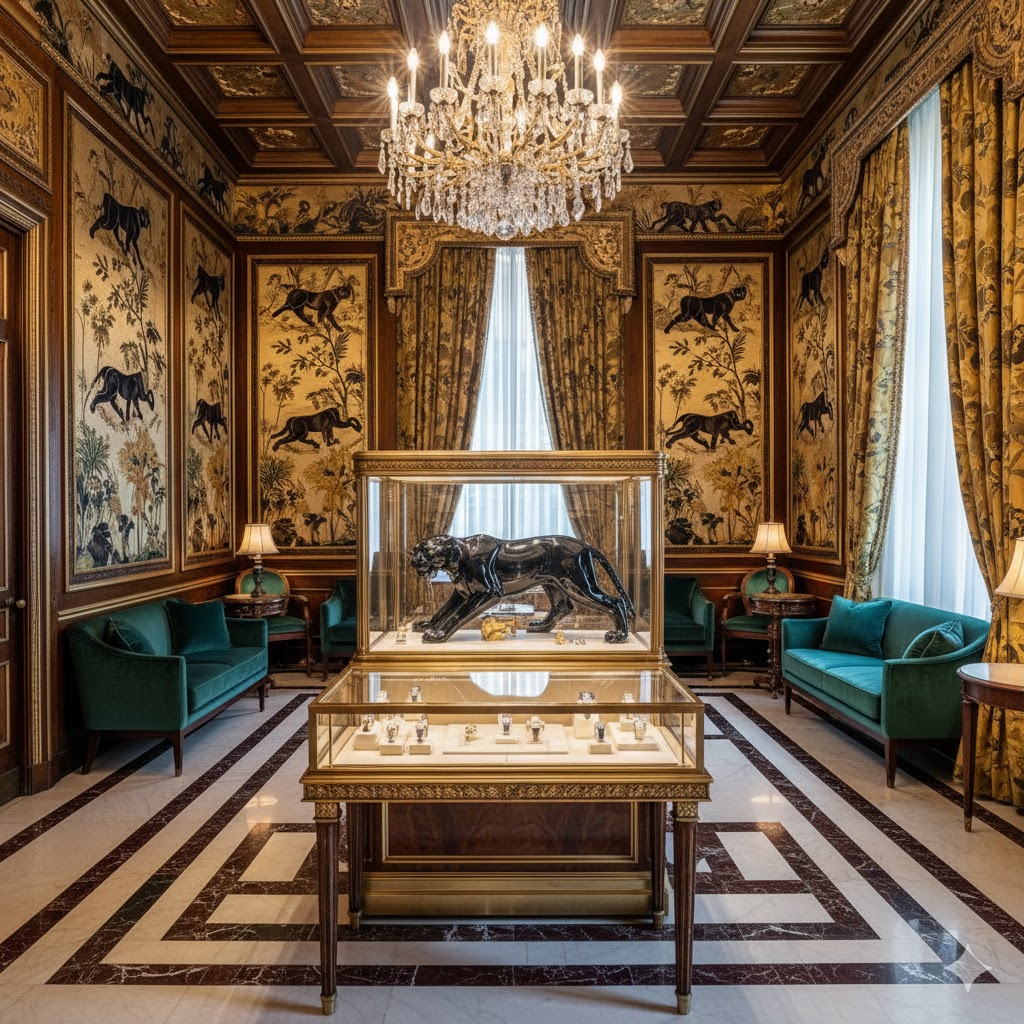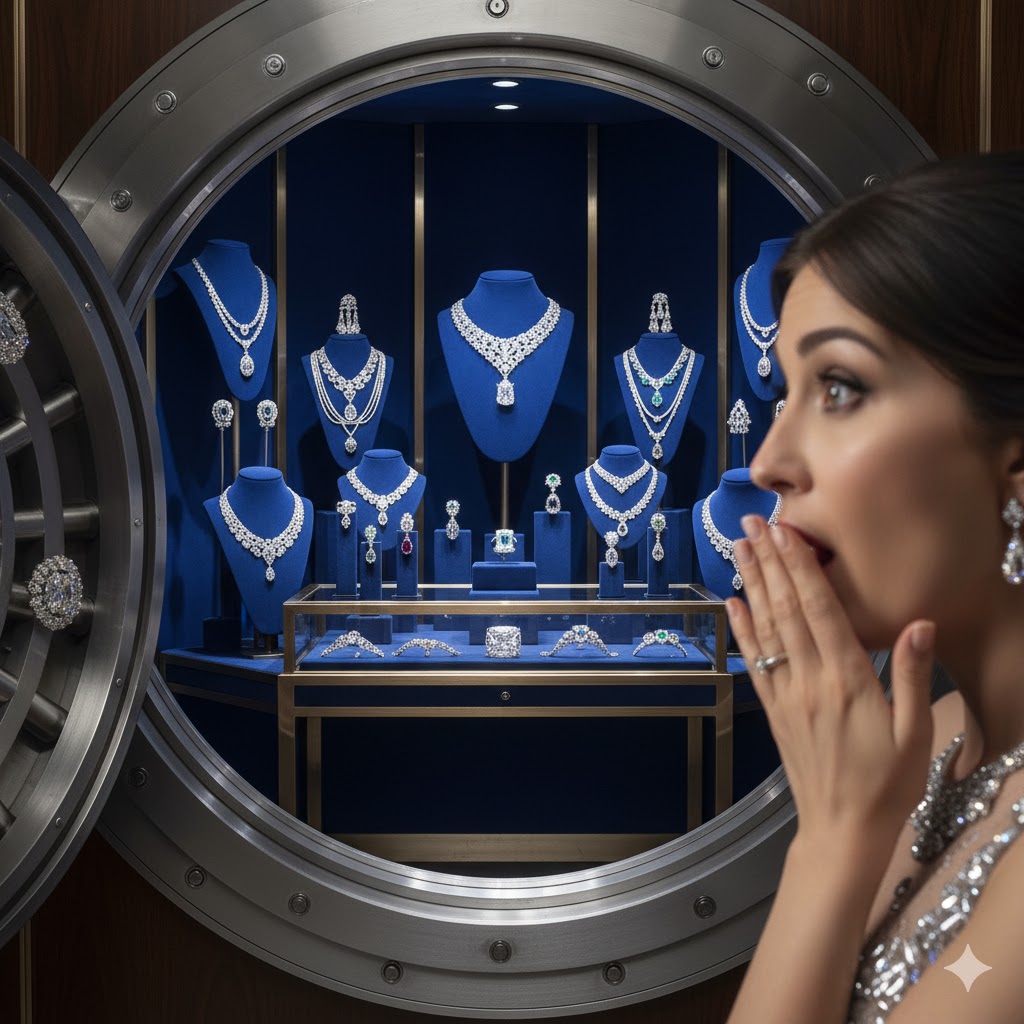What role do happy hours play in the networking and deal-making culture of the Financial District?

What role do happy hours play in the networking and deal-making culture of the Financial District?
In the Financial District, the workday doesn’t end when the market closes. It simply moves to a different venue.
The happy hour is not just a chance to unwind; it’s a critical part of the business culture. It’s the unofficial “third space” between the office and home, a proving ground where relationships are forged and intelligence is gathered.
On Wall Street, the most valuable information is often exchanged over a whiskey, not in a boardroom.
In this twenty-third analysis, AZ New York pulls up a stool at the bar to explain the unwritten rules of the finance happy hour.
The Power Hour: Perception vs. Reality
The happy hour of finance is a strategic tool, not just a social event. Its purpose and execution are often misunderstood by outsiders.
| Attribute | The Hollywood Perception | The FiDi Reality |
|---|---|---|
| Primary Purpose | Wild, excessive partying and blowing off steam. | Strategic networking, intelligence gathering, building rapport. |
| Conversation Topic | Gossip, bragging, outlandish stories. | Subtle probing about market sentiment, career moves, and deal flow. |
| The Drink Order | Complicated cocktails, shots, champagne. | Standard beer, a simple whiskey, or a club soda. |
| The Desired Outcome | A memorable night of debauchery. | One valuable new contact or a single piece of useful information. |
The Happy Hour in Action: 3 Scenarios
A FiDi happy hour can serve many different purposes, depending on who is attending and what their objectives are.
Case 1: The Analyst Bonding Session
This is the most common form. A group of junior analysts from the same firm go out for a beer after a brutal week. This isn’t about networking up; it’s about building horizontal alliances and a support system. They vent about work, share war stories, and solidify the camaraderie needed to survive the intense environment. These are the relationships that will last their entire careers.
Case 2: The Strategic “Coffee Chat” (with Beer)
An ambitious analyst wants to move to a different group within the bank. They’ll invite a mid-level associate from that group out for a casual drink. It’s an informational interview disguised as a social event. In this relaxed setting, the senior employee is more likely to be candid, offering real advice and potentially becoming an advocate for the junior analyst’s career move.
Case 3: The Client Relationship “Soft Touch”
A senior banker takes a key client to a high-end steakhouse bar like Delmonico’s. The conversation is rarely about a specific deal. Instead, it’s about sports, family, and the market in general. The goal is to build trust and a personal relationship. The actual deal-making happens in the boardroom, but the foundation of trust that allows the deal to happen is built at the bar.
Pro Tip: Master the art of listening. At a networking happy hour, your goal is to learn, not to talk. Ask open-ended questions about the other person’s work and the market, and then actively listen. People appreciate a good listener, and you’ll walk away with far more valuable information.
Financial Market Curiosity: The original New York Stock Exchange was not a grand building but a coffee house. In the late 1700s, brokers and merchants would gather at the Tontine Coffee House at the corner of Wall and Water Streets to trade stocks and commodities. The social, caffeine-fueled environment was the original “networking event,” directly linking finance and social interaction from its very beginning.
Frequently Asked Questions (FAQ)
Navigating the social minefield of a FiDi happy hour can be complex. Here are some key rules of the road.
Are actual deals closed during happy hour?
Almost never. A happy hour is for building relationships and gathering intelligence. The formal, legally binding aspects of a deal are always handled in the office. The happy hour is where you build the trust that makes the formal process possible.
Who pays the bill?
The rule is simple and unspoken: the senior person always pays for the junior person, and the person selling a service (the banker) always pays for the client. Attempting to split the bill or pay for a senior’s drink is a major faux pas.
What are the iconic bars for this kind of networking?
The classics are the bars inside historic steakhouses and legendary taverns. Places like Fraunces Tavern (one of the oldest bars in the city) and The Dead Rabbit offer an atmosphere steeped in history that’s conducive to serious conversation.
For more on the city’s professional and social scenes, explore our guides in the Nightlife section.
Keywords for Your Next Internet Searches on the Subject…
Wall Street happy hour, financial district bars, networking in finance, business drinking culture, investment banking social life, what is a power happy hour, client entertainment NYC, Delmonico’s NYC.
Tags
Happy Hour, Networking, Wall Street, Financial District, FiDi, Corporate Culture, NYC Bars, Investment Banking, Career Advice, Business, Social Life, Delmonico’s, The Dead Rabbit, New York City
Part 1: Business, Economy, and Power (1–20)
This section explores the core of what makes the Financial District tick: the deals, the institutions, and the immense power that flows through its veins.
- What does it really mean to “work on Wall Street” today?
- How does the “investment banking” culture of FiDi shape the global economy?
- What is the true influence of the New York Stock Exchange (NYSE) on the daily lives of ordinary people?
- How deep is the connection between the political power of Washington D.C. and the decisions made on Wall Street?
- Does the “Charging Bull” still symbolize prosperity, or has it become an icon of corporate greed?
- What are the best-kept secrets of the major investment banks headquartered in FiDi?
- How is the rise of fintech and cryptocurrencies challenging the traditional financial dominance of Wall Street?
- What is the true human cost behind the multi-billion dollar profits generated in the Financial District?
- If the walls of Goldman Sachs or J.P. Morgan’s offices could talk, what would they reveal about power?
- Is Wall Street’s “work hard, play hard” culture sustainable in the long run?
- What is the role of the Federal Reserve Bank of New York in the stability (or instability) of the world economy?
- How ethical are the practices that led to the rise of so many financial empires in FiDi?
- What is the impact of artificial intelligence on the high-frequency trading that occurs on Wall Street?
- Who are the real “wolves” of Wall Street today?
- How is the gentrification of the Financial District transforming the social and economic landscape of Lower Manhattan?
- What is the next major financial crisis that could emerge from Wall Street?
- What does the concentration of so much financial power in a single area say about social inequality in the U.S.?
- How does the annual bonus culture on Wall Street affect the mindset and decisions of traders?
- What is the true story behind the fortunes built and lost on Wall Street?
- If the Financial District were a country, what would its GDP and foreign policy be?
Part 2: Lifestyle, Behavior, and Wall Street Culture (21–40)
Beyond the numbers, there’s a unique culture. This section delves into the daily lives, habits, and social dynamics of the people who power the Financial District.
- What is the unwritten dress code for success in FiDi?
- What is the daily routine of a junior analyst at an investment bank on Wall Street?
- What role do happy hours play in the networking and deal-making culture of the Financial District?
- Is life in FiDi more like the show “Billions” or the movie “The Wolf of Wall Street”?
- What are the most coveted status symbols among Wall Street professionals?
- How does the pressure to perform affect the mental health of workers in the Financial District?
- What is the “secret language” and jargon used by Wall Street insiders?
- Is there a “Wall Street dream” analogous to the “American dream”?
- How do FiDi professionals balance their personal lives with the long working hours?
- What is the role of exclusive clubs and secret societies in Wall Street’s power hierarchy?
- How has Wall Street’s culture changed since the 2008 financial crisis?
- What do “Wall Street bros” do for fun on the weekends?
- What is the soundtrack to the life of a successful trader on Wall Street?
- How important are philanthropy and donations to the public image of Wall Street billionaires?
- What are the gender dynamics like in an environment as male-dominated as Wall Street?
- What is the diet of a high-performance professional in the Financial District?
- What do Wall Street veterans teach newcomers about surviving in this competitive environment?
- What is the impact of Wall Street culture on New York City’s nightlife and relationships?
- What happens when someone on Wall Street “breaks” and loses everything?
- What cultural legacy is the current generation of Wall Street professionals leaving for the future?
Part 3: Architecture, Real Estate, and Urbanism (41–55)
The very streets and buildings of the Financial District tell a story. Here, we examine the physical environment that houses the world’s most powerful economic engine.
- How does the architecture of the Financial District’s skyscrapers reflect the power and ambition of their occupants?
- What is the story behind the names of FiDi’s streets, like Wall Street, Broad Street, and Pearl Street?
- How did One World Trade Center and the 9/11 Memorial change the landscape and spirit of the Financial District?
- What is the real cost of a luxury apartment with a view of the world’s financial heart?
- How did the geography of Lower Manhattan influence the development of the Financial District?
- What architectural secrets are hidden in the historic buildings of Wall Street?
- How does FiDi’s transportation infrastructure (subway, ferries, etc.) support the daily flow of millions of people?
- What is the future of office space in the Financial District in the era of remote work?
- How are security and surveillance integrated into the architecture and urban planning of FiDi?
- What is the historical significance of places like Trinity Church amidst the modern skyscrapers?
- How is real estate development in FiDi expanding into adjacent areas like the Seaport District?
- What is the environmental impact of concentrating so many buildings and people in such a small area?
- What do future urban planning projects reveal about the evolution of the Financial District?
- What does it feel like to walk through the narrow streets and canyons of steel and glass in FiDi?
- How is New York’s history as a commercial port still visible in the urban landscape of the Financial District?
Part 4: Gastronomy, Entertainment, and Leisure (56–70)
Where do the power players dine, drink, and unwind? This section explores the culinary and recreational landscape of the Financial District.
- Where do Wall Street bankers have lunch to close multi-million dollar deals?
- What is the most iconic bar in the Financial District for a “power happy hour”?
- How has FiDi’s dining scene evolved from simple “power lunches” to Michelin-starred restaurants?
- What role do steakhouses play in Wall Street’s business culture?
- What are the secret getaways and leisure spots for FiDi professionals to escape the pressure of work?
- How does the nightlife in the Financial District compare to other Manhattan neighborhoods, like the Meatpacking District?
- What is the most ordered drink in Wall Street bars after the market closes?
- Where do Wall Street traders celebrate a day of record profits?
- How important is coffee to the frantic routine of the Financial District?
- How are cultural and artistic events beginning to flourish in an area traditionally focused on business?
- What is the best spot in FiDi to watch the sunset over the Hudson River?
- What luxury entertainment options are available to the Wall Street elite?
- How does street food (food trucks) adapt to serve the hurried crowds of the Financial District?
- What do the restaurants and bars in FiDi reveal about the hierarchy and status of their patrons?
- What is the experience of dining in an exclusive restaurant at the top of a Financial District skyscraper?
Part 5: Luxury, Fashion, and Status (71–80)
In a world of high stakes, symbols of success matter. This section looks at the role of luxury, fashion, and status in the Financial District.
- What is the unofficial “uniform” of a successful investment banker on Wall Street?
- What are the most popular watch brands among traders in the Financial District?
- How are luxury and ostentation perceived in Wall Street culture?
- What is the dream car of a young analyst who has just received their first big bonus?
- How has fashion in FiDi evolved from the traditional suit and tie to a more “business casual” style?
- What are the favorite luxury stores and boutiques of the Wall Street elite?
- What does a bespoke suit say about someone’s position in the Wall Street hierarchy?
- How are accessories (shoes, briefcases, pens) used as symbols of power and status in FiDi?
- How important is membership in exclusive gyms and fitness clubs in the Financial District?
- How does the concept of “luxury” on Wall Street extend beyond material goods to include experiences and exclusive access?
Part 6: History, Curiosities, and Memes (81–90)
The Financial District is steeped in history and modern lore. This section uncovers fascinating stories, hidden facts, and the neighborhood’s role in internet culture.
- What is the real origin of the name “Wall Street”?
- What were the most dramatic and iconic moments in the history of the New York Stock Exchange?
- What is the story of the “Fearless Girl” statue and its relationship with the “Charging Bull”?
- What are the most famous legends and myths about the early days of Wall Street?
- How do internet memes (like the “Stonks” meme) portray and satirize the world of Wall Street?
- What were the biggest financial scandals that rocked Wall Street throughout history?
- What is the history of Federal Hall, the site where George Washington was inaugurated as the first U.S. President?
- Who are the “ghosts” of Wall Street—the companies and fortunes that vanished overnight?
- How have movies and books shaped the public’s perception of Wall Street?
- What is the most surprising curiosity about daily life in the Financial District that most people don’t know?
Part 7: Future, Innovation, and Technology (91–100)
What’s next for the Financial District? This final section looks ahead at the trends, technologies, and challenges that will define the future of Wall Street.
- How could blockchain technology and decentralized finance (DeFi) make Wall Street obsolete?
- What will be the role of humans in the financial market as artificial intelligence becomes more sophisticated?
- How is the Financial District adapting to climate change and the need for sustainability?
- What is the next major technological innovation to come out of “Silicon Alley” and impact Wall Street?
- How will remote work and the decentralization of offices affect the future of the Financial District as a center of power?
- What is Wall Street’s role in funding space exploration and other futuristic technologies?
- How is Generation Z changing the culture and priorities of the financial sector on Wall Street?
- Will the Financial District continue to be the world’s financial center in the coming decades, or will it be surpassed by other global hubs like Shanghai or Singapore?
- How are big data analytics and quantum computing transforming investment strategies on Wall Street?
- What is the most important question about the future of Wall Street that no one is asking?












